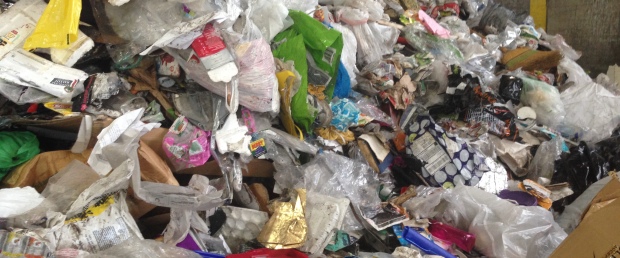
07 Jan How to Be More Green in 2015
As I mentioned in a previous blog, one of my resolutions in 2015 is to create less waste whenever/wherever I can. In this blog I’ll give you tips on how to be more green in 2015. I have taken tours of my local Recycling and Household Hazardous Waste centers to become more informed and put my own plan into action. I now want to share that information with you.
Each city/county has different rules for recycling so it’s important to check with your municipality. I’m going to give general recycling tips here for the San Francisco Bay Area, but they might not be correct for your area. In San Francisco, we compost and I think this is a great addition to the recycling/waste program. Even if your municipality doesn’t do it, try it on your own (for fertilizer, especially if you have your own garden). Because I eat whole, non-processed foods, I have a lot of food waste, but it doesn’t need to be thrown in the trash since it breaks down easily.
The number one takeaway from my visit to Recology and Rethink Waste in San Carlos, CA was this:
“When you put something in the garbage, your hands are the last things that touch it. We do not sort your trash. Please be conscious of what you throw out.” – Rethink Waste Tour Guide
That trash goes directly to a landfill where it will sit, forever. Sometimes our trash is even shipped overseas to other countries! This is why I find it best to err on the side of recycling than trashing items.
The key here is to be mindful about every bit of waste you produce. Throwing something in the trash should be your last option. Think to yourself:
- Can you use it?
- Can you donate it?
- Can you sell it?
- Can you return it?
- Can you compost it?
- Can you recycle it?
If you answer NO to all of these questions, then the trash is your only/last option. But 95% of the time, you can avoid throwing things out. It also helps to be mindful of this before you even purchase an item! Be aware of what you are bringing into your house because at some point you will be bringing it out. This is important to think about when giving items to other people, too.
Here are some basic tips to help you be more mindful when it comes to having a greener footprint.
RECYCLE – When items can be reused or remade from old items.

*My compost bag on the far left, trash in the center (I hardly have any now), and recyclables on the left.
- No need to rinse containers – We’re in a huge drought in California, and must conserve water wherever and whenever possible. So scrape the containers as best as you can, and then toss into the recycle bin. This is good news when it comes to those pesky honey/peanut butter containers!
- Keep caps in place – As it turns out, those caps are important. Keep the caps and lids on your recyclables when you toss them in the bin.
- No need to crush – My grandfather loved crushing his aluminum soda cans. But as it turns out, there is no need to crush your recyclables. In fact, it’s better if you keep them whole so they are better usable in the future.
- Throw it all in together – They’ve made it a lot easier to recycle than in years past, because you can now throw everything into one large bin. Also, many municipalities have photos and descriptions of exactly what you can recycle. A basic rundown: plastic containers/bottles/utensils, glass/aluminum bottles/cans, cardboard (unless it’s soiled, then compost), and paper of all kinds (again, unless it’s soiled).
- When it doubt, throw it into the recycle bin – $1 million worth of machinery in addition to dozen of human hands sort items in the recycling centers. If it’s trash, they’ll find it and sort it. No one will sort through your trash!
COMPOST – Your waste management facility will spray the compostable items with water to keep them wet and help them break down faster. You’ll see compostable items steam when they are breaking down into a fertilizer type material.

*You can buy a compost bin (which cuts down on odor) or you can collect food waste in a plastic container and keep in your fridge or freezer.
- Lawn/yard trimmings – If you are a homeowner, you may have a bin designated for plant/yard trimmings. In San Francisco, this is also our compost bin. Nearly every plant type material can go in here (there are exceptions with each municipality)
- Human hair, animal hair/fur, dryer lint – Hair, fur and lint are decomposable and therefore compostable.
- Tissues and Q-tips – Even if you’ve used these, you can compost them.
- Soiled paper/cardboard and coffee cups – This goes for paper or cardboard that has been soiled by food: paper towels, cardboard pizza boxes, deli paper, etc. You can also compost used paper towels that have cleaning products/dirt on them. Coffee cups can go in compost, but the plastic lids must go into the recycle bin.
- Food waste – instead of using your garbage disposal, compost all leftover food waste.
BOTTOM LINE
Make small changes when and where you can, I’m a big believer in baby steps. Implement one change now and in 1 month (or 3 or 6) make another. Once these become habits you won’t even think twice. These small changes made by everyone will add up to big results, and they don’t take much effort at all. Also you don’t need fancy containers – use what you have available.
Please do your part and recycle what you can and reduce what you send to a landfill. If we each produce a little less trash each year, we can – and will – make a difference. And by this time next year, many of these will be regular habits for you. Hopefully you’ll inspire someone else to implement these changes, and they’ll pay it forward as well.
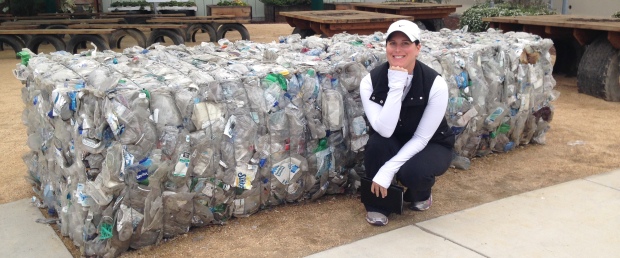
If you have any questions about creating less waste, recycling, or composting, please do not hesitate to contact me!
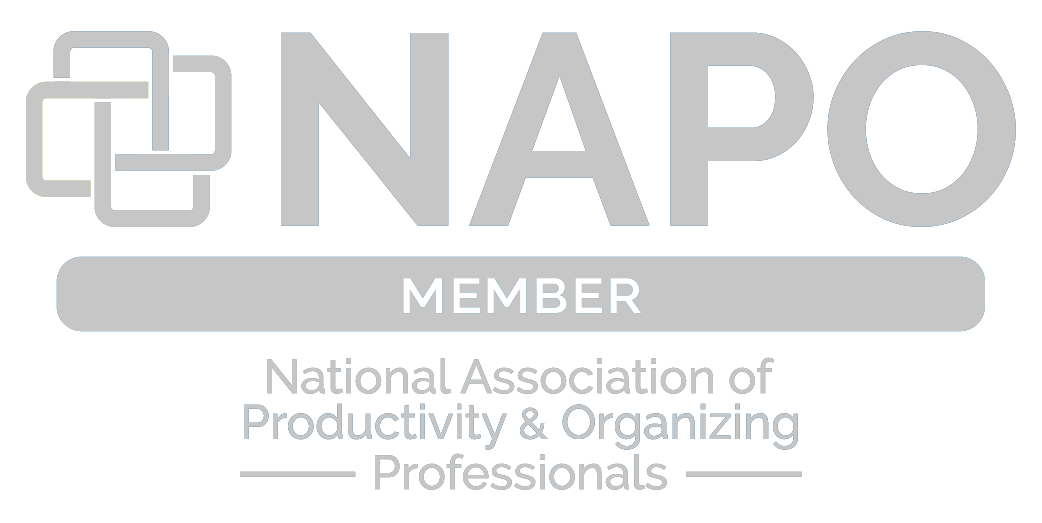
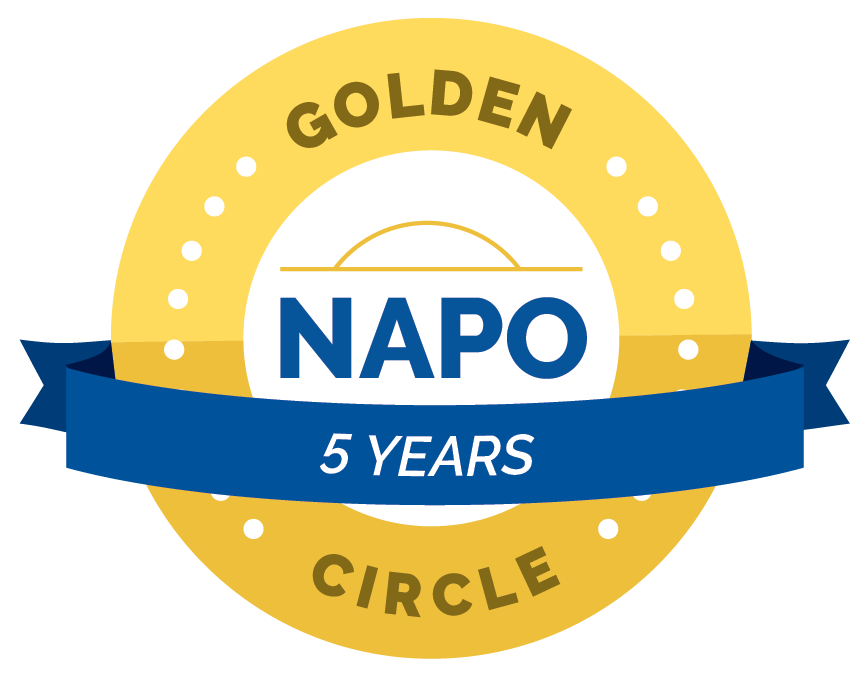
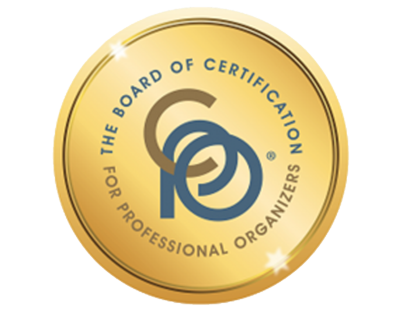
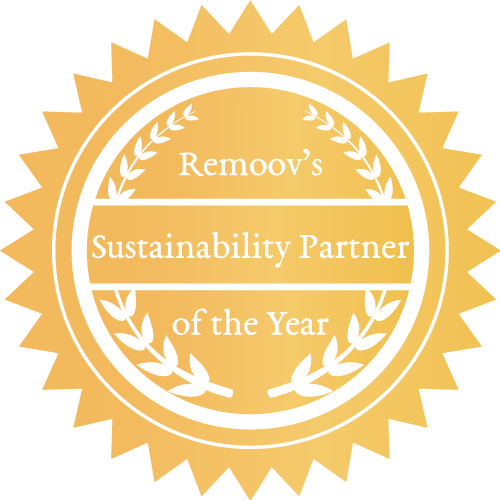
No Comments